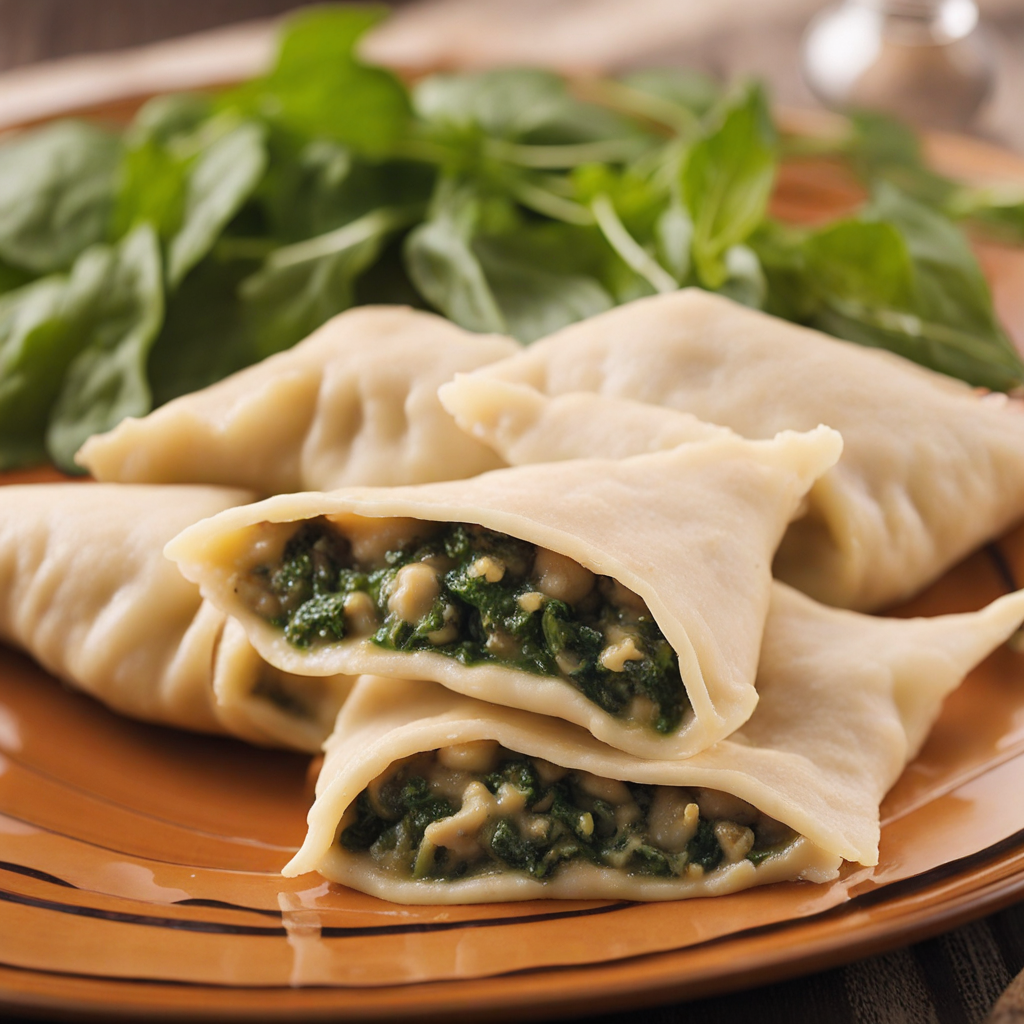Bratwurst
Bratwurst is a traditional German sausage that boasts a rich history and an array of flavors. Typically made from finely minced pork, veal, and sometimes beef, the meat is seasoned with a blend of spices that often includes salt, white pepper, and nutmeg. This combination creates a savory and slightly sweet profile, making each bite a delightful experience. The sausages are usually grilled or pan-fried, giving them a crispy exterior while preserving their juicy, tender interior. Their alluring aroma wafts through the air, especially at outdoor festivals and markets, inviting food lovers to indulge in this classic dish. The texture of bratwurst is another aspect that sets it apart. When cooked properly, the sausage has a satisfying snap when bitten into, revealing its flavorful filling. Often served in a soft, crusty bun, bratwurst can be enjoyed on its own or accompanied by a variety of toppings and condiments. Common choices include tangy sauerkraut, sweet mustard, and grilled onions, all of which enhance the sausage's flavor profile. Each region in Germany may have its own twist on bratwurst, with variations in ingredients and preparation methods, allowing for a diverse tasting experience across the country. Bratwurst is more than just a meal; it's a cultural experience. It is commonly enjoyed during Oktoberfest and other local celebrations, where it is often paired with a refreshing German beer. The communal atmosphere surrounding bratwurst consumption fosters a sense of camaraderie among those who gather to savor this beloved dish. For those looking to expand their culinary horizons, trying bratwurst is an essential journey into the heart of German cuisine, offering a taste of tradition that is both comforting and unforgettable.
How It Became This Dish
The History of Bratwurst: A German Culinary Icon Bratwurst, a beloved German sausage, is not just a dish; it is an emblem of culinary heritage, regional pride, and social gatherings. Its origins can be traced back to the early medieval period in Germany, where the melding of meat, spices, and traditions laid the groundwork for what would become a staple of German cuisine. #### Origins and Early Development The origins of bratwurst are believed to date back to around the 14th century, although the exact timeline is difficult to pinpoint. The name "Bratwurst" derives from the German word "braten," which means "to fry" or "to roast," and "Wurst," meaning "sausage." The earliest references to sausages in Germany appear in historical texts, with various regional variations emerging across the country. The earliest bratwursts were likely made from finely minced pork, seasoned with regional herbs and spices. Unlike the modern versions that often incorporate veal or beef, early sausages were typically crafted from whatever meat was available, reflecting local agricultural practices and livestock. The spices used varied by region, demonstrating the diverse landscape of German flavors. Common seasonings included salt, pepper, and various herbs, with some regions adding nutmeg or marjoram for extra depth. #### Regional Variations As bratwurst spread throughout Germany, distinct regional variations emerged, each with its own unique characteristics. In fact, bratwurst can be considered a collective term that encompasses an array of sausages, each with its own recipe and preparation method. 1. Nuremberg Bratwurst: One of the most famous types is the Nuremberg bratwurst, which is smaller and typically made from a mixture of pork and spices like marjoram. It is often grilled and served with sauerkraut or mustard. The Nuremberg bratwurst has been granted Protected Geographical Indication (PGI) status, meaning it can only be produced in the Nuremberg region under strict guidelines. 2. Thuringian Bratwurst: Originating from Thuringia, this sausage is larger and coarser in texture. It is seasoned with a blend of spices, including caraway and garlic, and is often grilled over an open flame. Thuringian bratwurst is a staple at fairs and festivals, showcasing its cultural importance in the region. 3. Berlin Bratwurst: In Berlin, bratwurst is typically served in a bun, often accompanied by mustard and onions. This version reflects the urban evolution of bratwurst as it adapted to the fast-paced life of a bustling city. 4. Swabian Bratwurst: This version includes a mixture of pork and veal, sometimes with a dash of cream or milk for richness. It showcases the culinary influence of the Swabia region, known for its hearty and comforting dishes. These regional variations underscore bratwurst's adaptability and its role as a canvas for local flavors and culinary traditions. #### Cultural Significance Bratwurst is more than just a food item; it carries significant cultural weight in Germany. It is deeply intertwined with festivals, celebrations, and communal gatherings. The bratwurst stand, often found at outdoor festivals and markets, is a quintessential part of German culture. Here, families and friends gather to enjoy grilled sausages, often accompanied by beer and traditional sides like potato salad or pretzels. One of the most notable events celebrating bratwurst is the Nuremberg Christmas Market, where vendors sell bratwurst alongside gingerbread and mulled wine. This market, with its festive atmosphere, highlights the sense of community and tradition that bratwurst embodies. Bratwurst also plays a role in Germany's national identity. After World War II, as Germany sought to redefine itself, traditional foods like bratwurst became symbols of resilience and continuity. The sausage found its way to German immigrants around the world, particularly in the United States, where it became associated with Oktoberfest celebrations and backyard barbecues. #### Modern Development and Global Influence In the 20th century, bratwurst evolved further, adapting to modern tastes and culinary trends. The post-war era saw a rise in convenience foods, and bratwurst was no exception. Pre-packaged and frozen bratwursts became widely available, making the beloved sausage accessible to a broader audience. This commercialization led to a variety of new flavors and formulations, including chicken and turkey bratwursts, catering to changing dietary preferences. The global popularity of bratwurst surged, particularly in the United States, where it is often featured at sporting events, food festivals, and summer cookouts. The American adaptation of bratwurst, often served in a bun with a variety of toppings such as sauerkraut, onions, and mustard, showcases the sausage's versatility and appeal to diverse palates. Today, bratwurst remains a symbol of German culinary tradition, celebrated not just in Germany but around the world. Food festivals, such as Oktoberfest in Munich and smaller regional fairs, continue to honor this iconic sausage, serving it alongside a plethora of regional beers and traditional German fare. #### Conclusion Bratwurst is a testament to the rich tapestry of German culinary history. From its humble beginnings in the medieval period to its status as a beloved food around the world, bratwurst reflects the evolution of regional ingredients, cultural significance, and communal gatherings. Its adaptability and enduring popularity serve as a reminder of the importance of tradition in the ever-changing landscape of food. As we savor a perfectly grilled bratwurst today, we participate not only in a delicious culinary experience but also in a shared heritage that spans centuries. Whether enjoyed at a summer barbecue, a Christmas market, or a bustling beer garden, bratwurst continues to unite people, inviting them to celebrate life, community, and the joy of good food.
You may like
Discover local flavors from Germany







